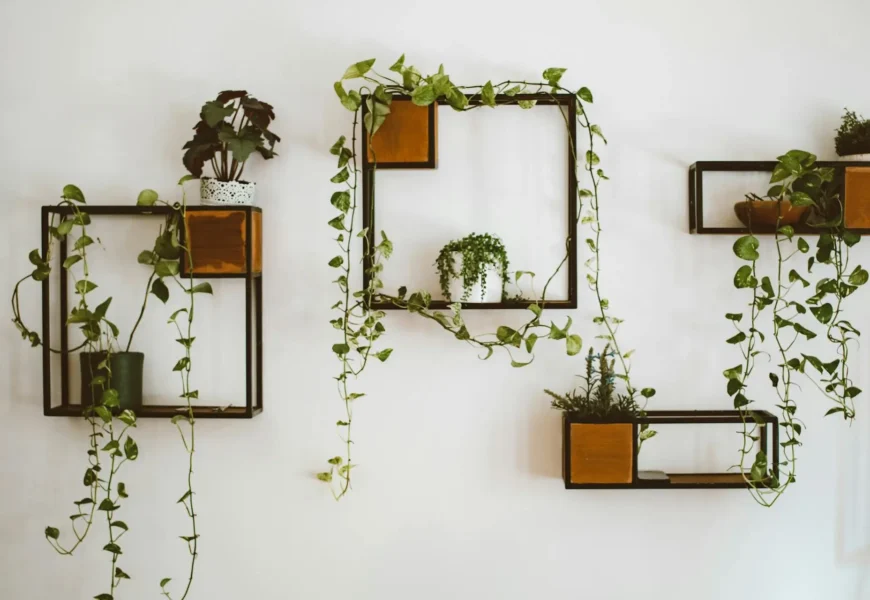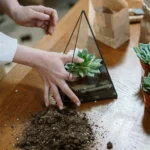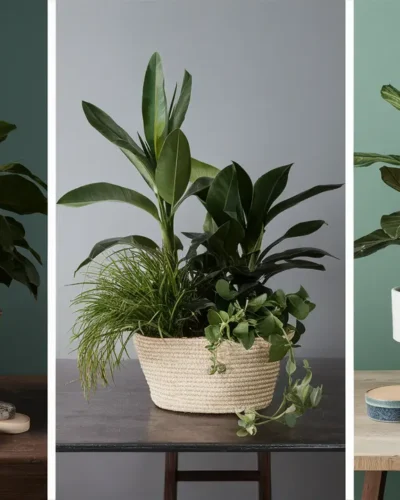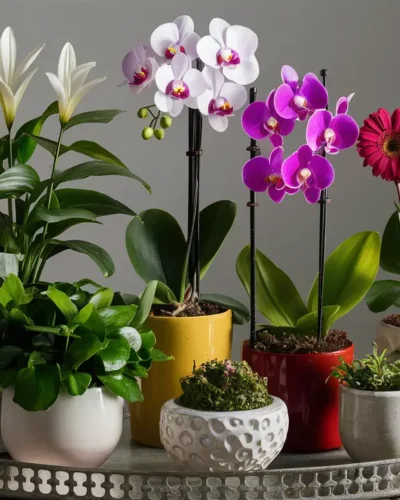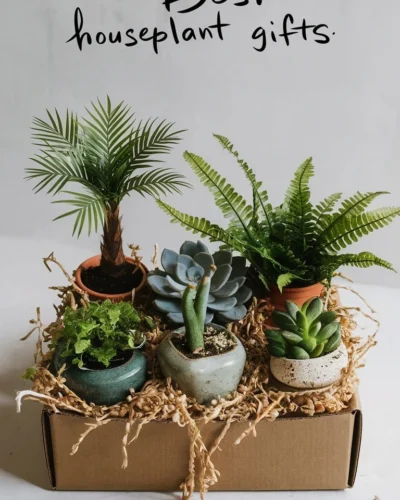Are you eager to expand your indoor jungle without breaking the bank? Look no further! At Sproutfolk, we’re dedicated to helping you choose and nurture happy houseplants and blooming beauties. Today, we’re excited to share expert tips on propagating houseplants, allowing you to multiply your greenery for free!
Why Propagating Houseplants?
Before we dive into the how-to, let’s understand the why. Propagation is a fantastic way to grow your plant collection without spending a dime.
Whether you want to fill corners with foliage or share your love of plants with friends, propagating your houseplants offers a multitude of benefits.
Not only it save you money, but it also strengthens your connection with nature as you witness the miraculous journey of new life sprouting from cuttings.
Expanding Your Indoor Garden
With our tips on propagating like a pro, you’ll soon be surrounded by flourishing greenery, transforming your home into an oasis of calm and beauty.
But why stop there? Explore our collection of 10 affordable houseplant hacks to elevate your indoor garden to new heights.
From creative container ideas to budget-friendly care tips, we’ve got everything you need to create a botanical paradise on a shoestring budget.
The Basics of Propagating Houseplants
Ready to get your hands dirty? Let’s start with the basics. Propagation involves taking cuttings from a mature plant and encouraging them to develop roots, creating new individual plants.
While the process may seem daunting at first, with a bit of knowledge and patience, you’ll soon be propagating like a pro.
1. Choosing the Right Plants
Not all plants are created equal when it comes to propagation. Some species, such as pothos and spider plants, are incredibly easy to propagate, making them perfect for beginners.
On the other hand, delicate species like fiddle leaf figs require a bit more finesse. Check out our guide to choosing the best plants for propagation to ensure success in your propagation journey.
2. Selecting Healthy Cuttings
The key to successful propagation lies in selecting healthy cuttings. Choose stems that are free from disease or damage, and make sure they have several nodes where roots can develop.
Use a clean, sharp pair of scissors or pruning shears to take your cuttings, ensuring a clean cut that won’t crush or damage the stem.
3. Providing the Right Environment
Once you’ve taken your cuttings, it’s essential to provide them with the right environment to encourage root growth.
Place your cuttings in a clean container filled with well-draining potting mix.
Keep them in a warm, humid location away from direct sunlight.
Mist the cuttings regularly to keep the air around them moist, and consider covering them with a plastic bag or dome to create a mini greenhouse effect.
Stay tuned for the next part of our article. We’ll delve deeper into the various propagation methods and share insider tips for success. In the meantime, why not explore our collection of budget-friendly gardening resources to inspire your green thumb? Happy propagating!
Propagation Methods
Now that you’ve got the basics down, let’s explore some popular propagation methods to help you multiply your houseplants like a pro.
1. Water Propagation
Water propagation is perhaps the simplest method and is ideal for plants with nodes along their stems, such as pothos and philodendrons.
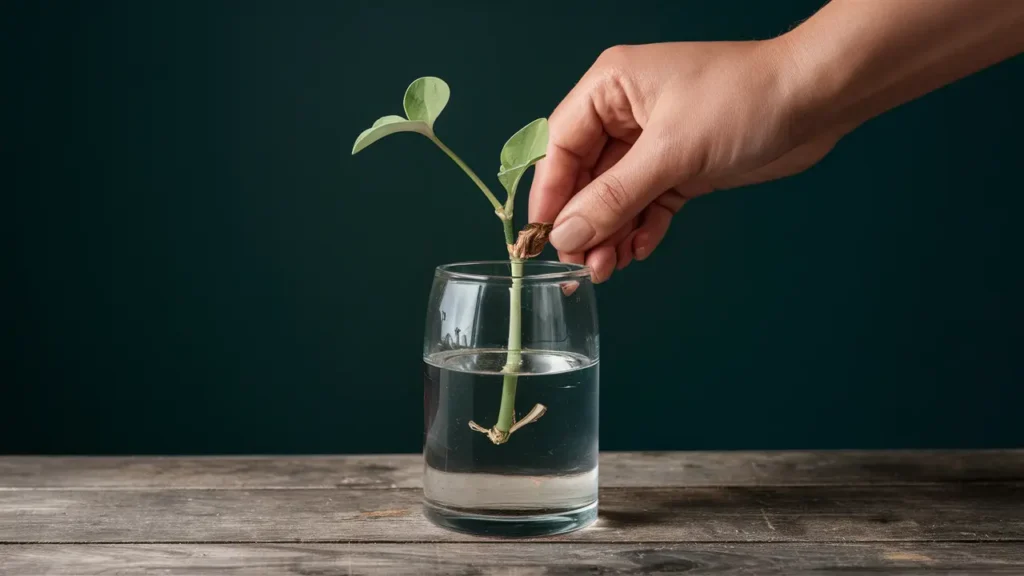
To propagate in water, place your cuttings in a glass jar filled with clean water, making sure the nodes are submerged.
Change the water every few days to prevent stagnation and watch as roots begin to develop over the coming weeks.
2. Soil Propagation
Soil propagation is another popular method that mimics the conditions plants experience in their natural environment.
To propagate in soil, simply plant your cuttings directly into a pot filled with well-draining potting mix.
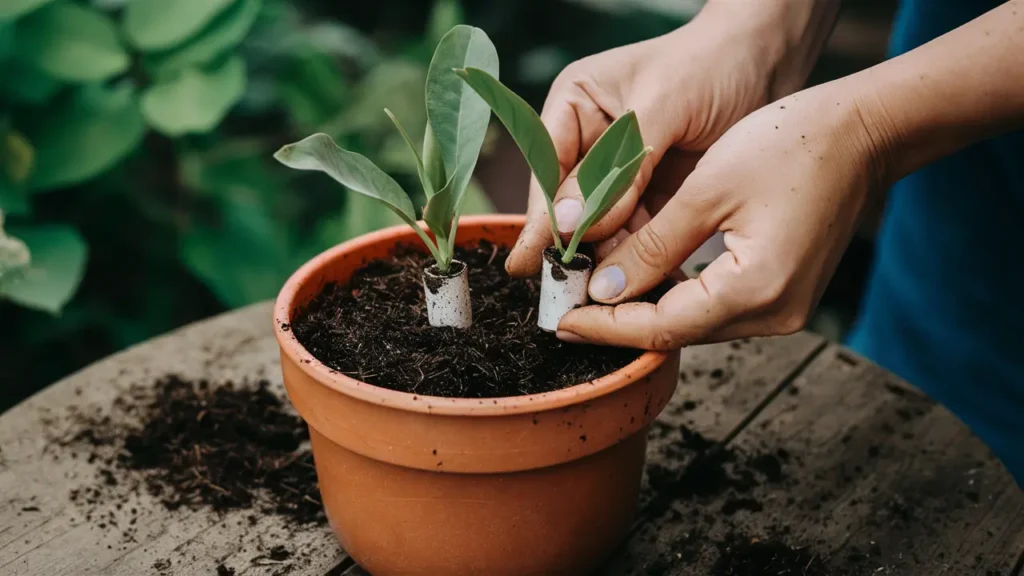
Keep the soil consistently moist but not waterlogged, and place the pot in a warm, bright location away from direct sunlight.
With time and patience, your cuttings will develop roots and begin to grow into healthy, thriving plants.
3. Air Layering
Air layering is a more advanced propagation technique that involves creating a small incision in the stem of a plant and encouraging roots to develop before severing the new plant from the parent.
While this method requires a bit more skill and patience, it can be incredibly rewarding and is particularly useful for plants with woody stems, such as rubber trees and monstera deliciosa.
4. Leaf Cuttings
Leaf cuttings are another popular method, especially for plants with thick, fleshy leaves, such as succulents and snake plants.
To propagate from leaf cuttings, simply remove a healthy leaf from the parent plant and allow it to callus over for a few days. Once calloused, place the leaf on top of well-draining soil and mist regularly to keep it moist.
With time, new roots will emerge from the base of the leaf, eventually giving rise to a new plant.
Insider Tips for Success
While propagating houseplants can be a rewarding and enjoyable process, it’s essential to keep a few insider tips in mind to ensure success.
- Patience is Key: Propagation takes time, so be patient and don’t expect instant results. With the right care and attention, your cuttings will eventually develop into healthy, thriving plants.
- Choose the Right Tools: Use clean, sharp scissors or pruning shears to take your cuttings, and make sure to sanitize them between plants to prevent the spread of disease.
- Monitor Humidity: Maintaining high humidity is crucial for successful propagation, especially in the early stages when roots are developing.
- Consider using a humidity dome or misting your cuttings regularly to create the perfect environment.
- Don’t Overwater: While it’s essential to keep your cuttings moist, be careful not to overwater them, as this can lead to rot and fungal diseases.
- Allow the soil to dry out slightly between waterings, and always use well-draining potting mix to prevent waterlogging.
With these expert tips and tricks, you’ll be well on your way to propagating like a pro and expanding your indoor garden in no time.
Happy propagating!

